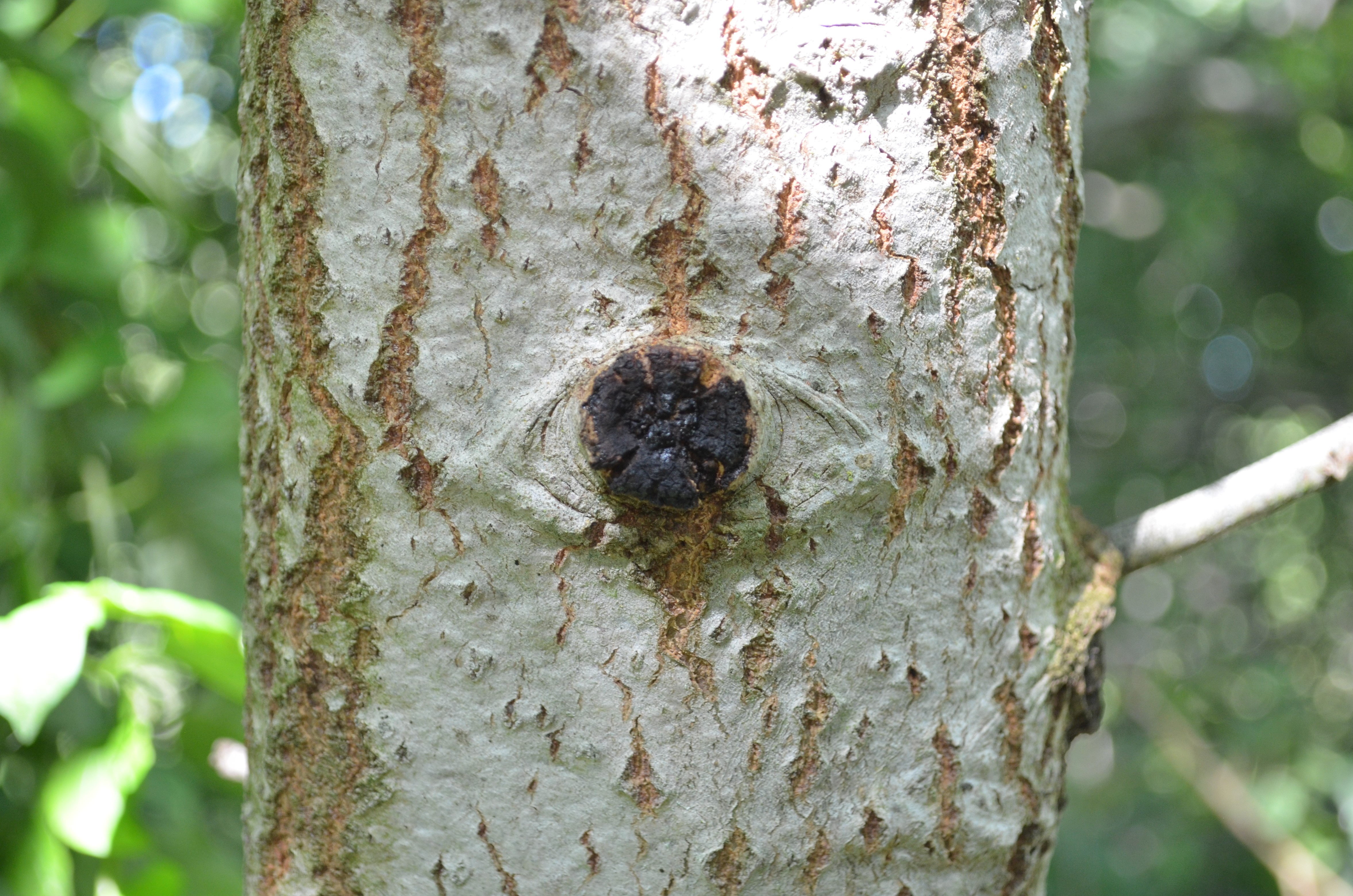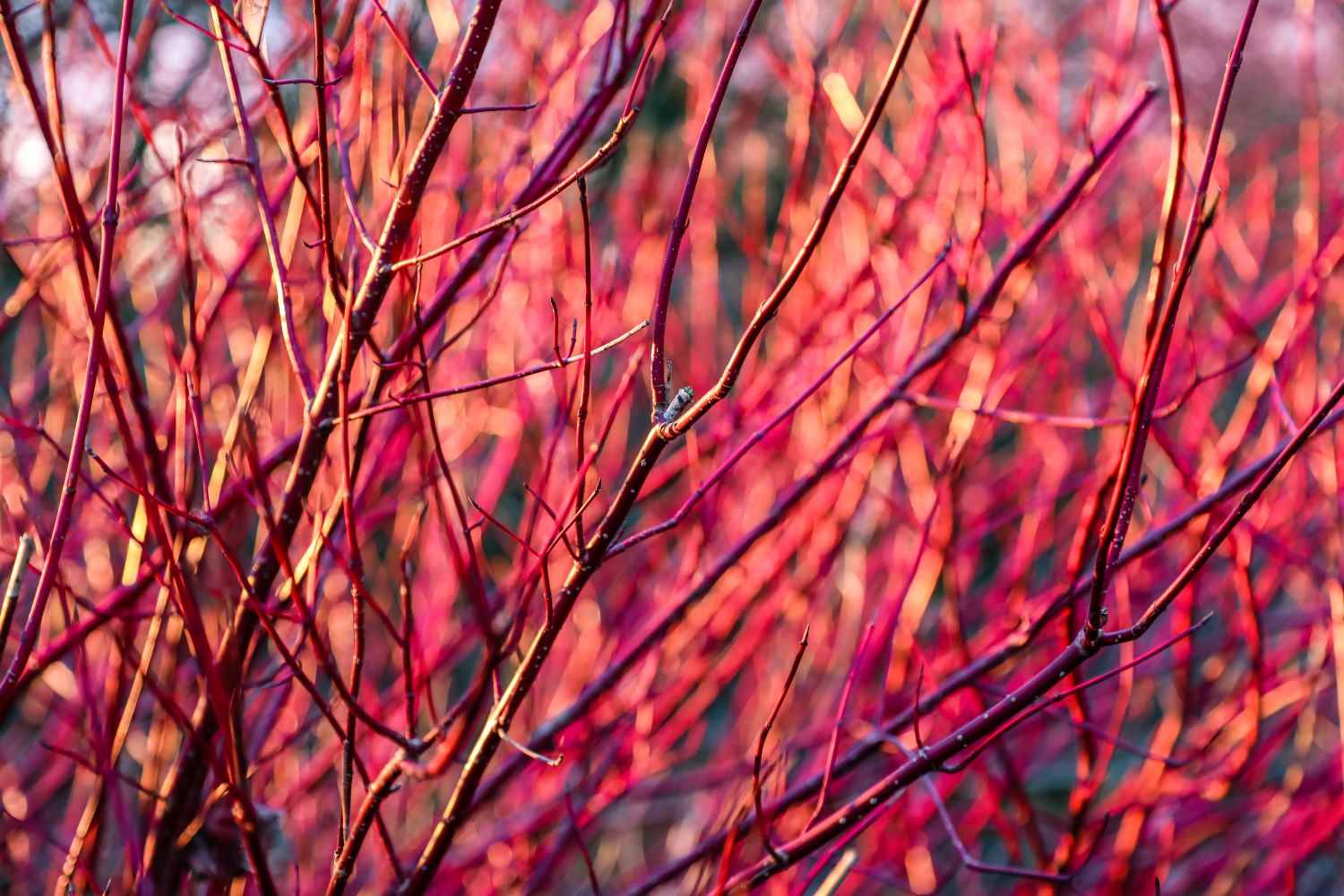
Brilliant bark
Often overlooked, bark protects trees and plays an important role in the wider ecosystem. Tim Russ, Forest Ranger, tells us more about bark and the trees to look out for on your winter woodland walks.
The anatomy of trees
Imagine we were able see inside a tree, what would we find? In the very centre of the trunk is what gives the tree its strength, the heartwood. Out from this are bundles of delicate tubes, the xylem, which transport water and nutrients from the roots all the way up to the leaves.
Next, we would see the cambium, this is where the growth tissues of the tree are produced. Moving further outwards still we would find more plumbing, this time the phloem, which carries the sugars produced by the leaves down to the roots. And then, we would find the often-overlooked outermost layer of the tree, without which the tree simply would not be able to survive, the bark.
Bark is a tree’s skin and it forms a protective layer covering the trunk, roots and branches. Bark itself is made up of three distinct layers; an inner layer made up of the phloem tubes, a middle cortex layer made of living cells, and a thick outer layer, the periderm. It is this periderm which is so important, and this provides all the protection the tree requires to thrive.

The purpose of tree bark
Tree bark is an excellent guard against the elements, it is waterproof, protects against sudden temperature changes, prevents the wind from drying a tree out, forms a barrier against fungal and insect attack, and in some species even protects against fire.
Bark also plays a key role in the wider ecosystem. Cracks in bark provide habitat for a myriad of different species. Insects can take shelter in these cracks, which in turn attracts birds such as treecreepers.
Other plants also utilise the bark. Ivy uses the bark as a ‘foothold’ so that it can grow up older trees. Mosses and lichens also make their homes on the bark of trees, with some species actually favouring the bark of specific tree species depending on its chemistry. Even when a tree has died bark still plays a role as loose bark can form an excellent bat roost.

Tree bark to look out for on woodland walks
There are plenty of interestingly patterned and textured bark in the Heart of England Forest, and there is no better time than winter to take a closer look. These are our Head Forester’s top five to look out for.
- Silver birch – the bright white bark on young trees is easy to identify and often peels in paper like sheets. When older, rough black diamond shapes appear on the surface that over time create fissured bark from the base of the tree upward.
- Dogwood - the young shoots are distinctive deep or crimson red.
- Hornbeam - has distinctive smooth dark grey bark with silvery grey vertical lines.
- Aspen - has diamond shaped lenticels on the trunk. They stand out in our woodlands as they are usually the tallest trees along with birch.
- Wild cherry - young trees have a smooth deep purple/red coloured bark with horizontal lenticels. These horizontal lines are still evident on mature trees, even though the bark has roughened.
Bark spotting in the Forest
Coxmere Wood, Giddings Wood and Haydon Way Wood are great areas of the Forest to see these tree species. Find out more about our woodland walks.



